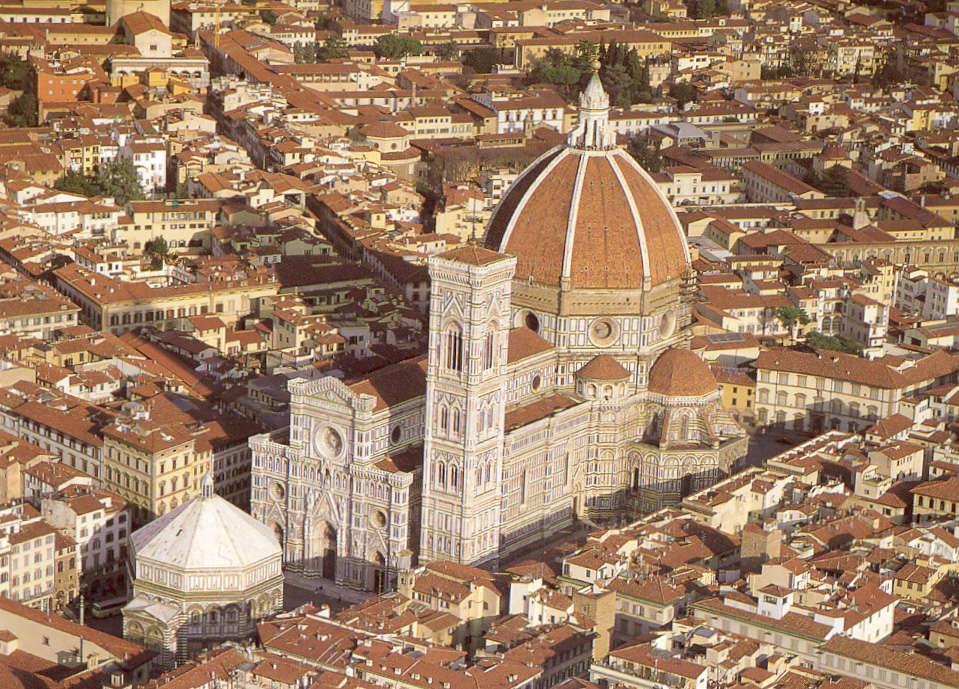The city of Florence, with its 102.4 km2, is the capital and most populous city in Tuscany, with c. 370,000 inhabitants (1,500,000 in the extended metropolitan area), and is specially known for its cultural heritage and importance in the Middle Ages and the Renaissance
The historic centre of Florence, included in the World Heritage List in 1982 during the sixth session of the UNESCO World Heritage Committee, attracts millions of tourists each year, and the city still exerts an influence in the fields of art, culture and politics. Tourism is, by far, the most important of all industries and most of the Florentine economy relies on the money generated by international arrivals and students studying in the city. It is also a major national economic centre, being a tourist, creative and industrial hub.
With the approval of the Sustainable Energy Action Plan in July 2011, Florence has made a major commitment toward sustainability, setting a path toward 2050. By 2020 Florence can be expected to reduce CO2 emissions by 20.2%, and according to the Energy Roadmap 2050 it can expect to achieve a far more ambitious targets.
